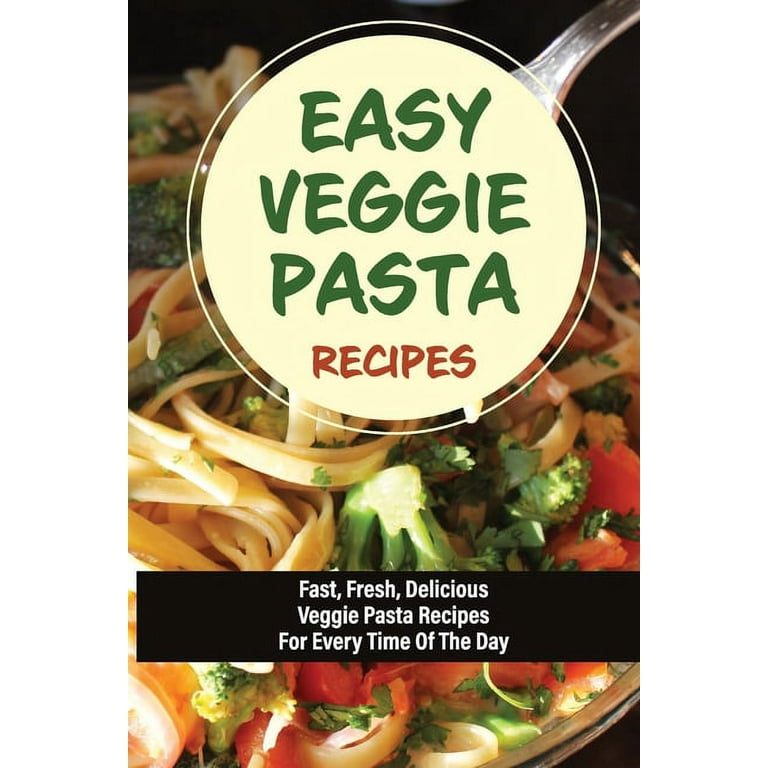Incorporating seasonal vegetables into your diet is not only a great way to support local farmers, but it also ensures that you are consuming fresh and nutritious produce. Seasonal vegetables are not only full of flavor, but they also provide a wide range of health benefits due to their high nutrient content. In this comprehensive guide, we will explore the best ways to make the most of seasonal vegetables, from selecting the freshest produce to preparing delicious and healthy dishes.
Choosing the Best Seasonal Vegetables
When it comes to choosing seasonal vegetables, it’s important to consider the current time of year and what produce is in season. Seasonal vegetables vary depending on the climate and region, so it’s essential to be aware of what’s available in your area. To help you get the best out of seasonal vegetables, here’s a table highlighting some popular seasonal vegetables and their respective seasons:
| Seasonal Vegetable | Season |
|---|---|
| Tomatoes | Summer |
| Broccoli | Fall |
| Zucchini | Summer |
| Brussels Sprouts | Fall |
| Spinach | Spring |
By understanding the seasonality of vegetables, you can make informed choices when selecting your produce, ensuring that you are getting the freshest and most flavorful options available.

Credit: www.gimmesomeoven.com
Preparing and Cooking Seasonal Vegetables
Once you’ve selected your seasonal vegetables, it’s time to prepare and cook them in a way that preserves their nutrients and enhances their natural flavors. Here are some tips for preparing and cooking seasonal vegetables:
Washing And Preparing
Before cooking, it’s important to wash seasonal vegetables thoroughly to remove any dirt or residue. For leafy greens, such as spinach or kale, it’s essential to remove the tough stems and then give them a good rinse. For root vegetables like carrots or potatoes, scrubbing them with a brush under running water will do the trick. By taking the time to prepare your vegetables properly, you can ensure that they are clean and ready to be cooked.
Cooking Methods
There are various cooking methods that can be used to prepare seasonal vegetables, each of which can enhance their natural flavors and textures. Some popular cooking methods include:
- Roasting: Roasting vegetables brings out their natural sweetness and caramelizes the edges, resulting in a delicious and crispy texture.
- Steaming: Steaming vegetables helps retain their nutrients while keeping them tender and vibrant in color.
- Sautéing: Sautéing vegetables in a bit of olive oil or butter can bring out their flavors and create a tasty caramelized exterior.
- Grilling: Grilling vegetables gives them a smoky flavor and a slight char, adding depth to their taste.
:max_bytes(150000):strip_icc()/Roasted-Carrot-with-Preserved-Lemons-and-Dates-FT-RECIPE1022-2000-f1288d6139f945fcb0b437316f813e72.jpg)
Credit: www.foodandwine.com
Delicious Seasonal Vegetable Recipes
Now that you know how to select and prepare seasonal vegetables, let’s explore some delicious and nutritious recipes that make the most of the freshest produce available. Here are three recipes that showcase the versatility and flavor of seasonal vegetables:
Tomato And Basil Bruschetta
This classic Italian appetizer is a perfect way to highlight the vibrant flavors of summer tomatoes and fresh basil. It’s simple, yet bursting with deliciousness. Here’s what you’ll need:
- 2 cups diced tomatoes
- 1/4 cup chopped fresh basil leaves
- 2 cloves garlic, minced
- 2 tablespoons extra virgin olive oil
- Salt and pepper to taste
- Slices of crusty bread, toasted
To make the bruschetta, simply mix the diced tomatoes, basil, garlic, and olive oil in a bowl. Season with salt and pepper, then spoon the mixture onto the toasted slices of bread. It’s a quick and delicious way to enjoy the flavors of summer.
Roasted Butternut Squash Soup
As the weather cools down, butternut squash becomes a favorite seasonal vegetable for making comforting soups. Here’s a simple recipe for roasted butternut squash soup:
- 1 medium butternut squash, peeled and cubed
- 1 onion, chopped
- 2 cloves garlic, minced
- 4 cups vegetable broth
- 1/2 teaspoon ground nutmeg
- Salt and pepper to taste
- 1/2 cup heavy cream (optional)
First, roast the cubed butternut squash, onion, and garlic in the oven until they are tender and caramelized. Then, transfer them to a pot, add the vegetable broth and nutmeg, and simmer until the flavors meld together. Finally, blend the mixture until smooth, and add cream if desired. This soup is a heartwarming way to enjoy the flavors of fall.
Grilled Asparagus With Lemon And Parmesan
During the spring, asparagus shines as a versatile and delicious vegetable that can be enjoyed in a variety of dishes. Here’s a simple recipe for grilled asparagus with a bright and zesty twist:
- 1 bunch of asparagus, tough ends trimmed
- 2 tablespoons olive oil
- Zest of 1 lemon
- 2 tablespoons grated Parmesan cheese
- Salt and pepper to taste
To prepare the grilled asparagus, toss the spears with olive oil, lemon zest, and a sprinkle of salt and pepper. Grill them over medium heat until they are tender but still crisp. Once grilled, sprinkle the asparagus with grated Parmesan cheese and serve immediately. It’s a simple and elegant dish that celebrates the flavors of spring.
Frequently Asked Questions Of How To Make Seasonal Vegetables: Easy And Delectable Recipes For Every Season
Can Seasonal Vegetables Improve Your Health?
Seasonal vegetables are packed with nutrients and antioxidants that can boost your immune system, lower the risk of chronic diseases, and improve overall health.
How Can You Incorporate Seasonal Vegetables Into Your Diet?
You can incorporate seasonal vegetables into your diet by using them in salads, stir-fries, soups, and smoothies. Experiment with different cooking methods and recipes to make them more appetizing.
What Are The Benefits Of Consuming Locally Sourced Seasonal Vegetables?
Consuming locally sourced seasonal vegetables not only supports local farmers and reduces carbon footprint but also ensures that you get the freshest produce with maximum flavor and nutritional value.
What Are Some Popular Seasonal Vegetables To Try?
Some popular seasonal vegetables to try include butternut squash, kale, Brussels sprouts, sweet potatoes, and beets. These vegetables offer a variety of flavors and can be used in versatile ways in various recipes.
Conclusion
By selecting, preparing, and cooking seasonal vegetables, you can enjoy a wide array of flavors and nutritional benefits year-round. Whether you’re savoring the freshness of summer tomatoes, the heartiness of fall squash, or the crispness of spring asparagus, seasonal vegetables offer endless opportunities to create delicious and nourishing meals for you and your family.
